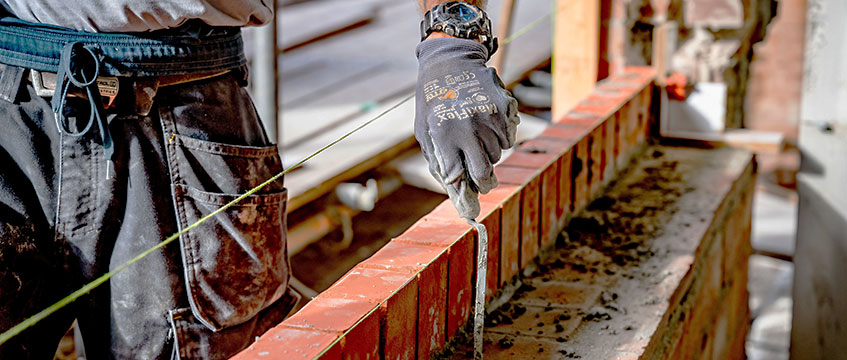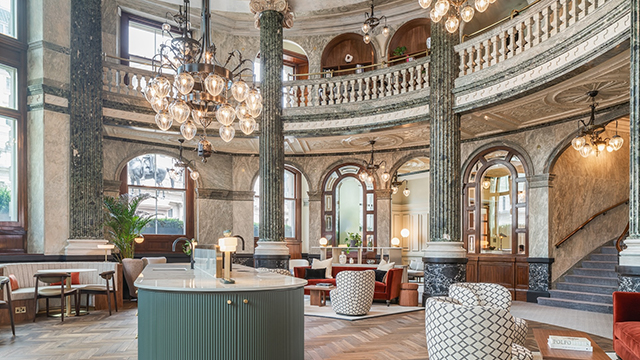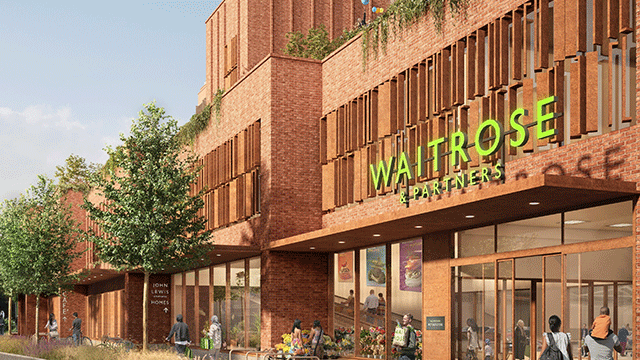Housebuilders have been slow to seize the opportunities of a single Europe, finds Julian Roche.
Despite 40 years of the European Community, and a decade since the signing of the Single European Act, the concept of international residential development remains in its infancy. Research suggests that less than 0.1% of residential construction in Europe is carried out cross-border.
There are isolated examples of housebuilders working outside their home market. Prowtings, the UK housebuilder, develops a little in Portugal and Spain. Barratts have built three resorts in Spain and a small development in the south of France, completed in 1991. Wimpey has also developed in Spain.
But these are primarily second home or timeshare developments, rather than schemes aimed at indigenous purchasers. Selling holiday homes or golfing resorts is a different proposition from infiltrating a local market: leisure developers can bring with them a tame clientele, and the overwhelming part of the marketing for such developments takes place within the company’s home country, not that in which the development is built.
The intricacies of marketing private sector residential developments to local markets is one of the major factors that militates against greater cross-border investment. “Comparative cost efficiency in production is not enough,” says Terry Royden of Prowtings, and the current President of the European construction federation, the UEPC. “You must bring the purchaser too.”
Some UK developers have tackled indigenous markets. Bovis Homes, for example, is working on a development in Berlin, the Gartenstadt Ahrensdorf, on Alte Potsdamer Strasse.
The scheme offers a mix of accommodation, from two-bedroom appartments to five-bedroom homes, at prices ranging from DM 292,000 to DM 629,400. The company maintains an office in Berlin which supervised construction and is now handling the sales.
None of these companies, however, derives more than 0.1% of its sales from overseas projects. This sluggish pace of integration is even more significant in the context of an industry which considered in Europe-wide terms has shown steady growth in real terms over recent years, increasing by 5% in 1994, 3.4% in 1995 and a similar amount in 1996.
One reason for the lack of cross-border activity is the fragmented nature of the housebuilding business. The UEPC has over 28,500 building enterprises under its wing in 13 countries, although 97% of them employ fewer than 20 employees and there are only some 700 construction companies in Europe with more than 500 employees.
Moreover, of the top 20, housebuilding predominates in the portfolio of none of them; yet together they construct some 681,000 houses and 1m m2 of offices and shopping centres.
The best estimate for cross-border residential development in Europe in terms of houses and apartments sold each year in 1990s is in the range of Ecu 100m to Ecu 200m, and has shown, if anything, a decline since the early 1990s.
The UK and French members of the UEPC the overseas housing builder working in France or the UK.
There has been a trend in recent years for Dutch developers to expand into Germany, and a dozen or so schemes have been completed. Major Dutch housebuilders active in Europe include Heljmans International, Van Oord, Boskalis and Interbeton. The giant ING banking and insurance group has developed residential projects in the US, in Atlanta and Washington DC, and is also targeting the UK, Belgium and France for housing schemes.
NABU, the Dutch international developers’ association which has 14 members, all large construction companies, reports total export orders in 1995 of $4.49bn of which $2.82bn was in Europe. However, only some $200m of this European activity is estimated to relate to residential construction.
Next come the French developers working in Belgium and finally there are a few Italian developers building in Germany. These are second or retirement homes.
Central and eastern Europe may represent the most compelling opportunities for cross-border housing development. US developers such as Hines have already undertaken major residential projects in Moscow and Prague.
Mortgage finance is somewhat easier to integrate than housebuilding, although still less than 1% by value of mortgage finance within Europe is arranged by non-domestic institutions, concentrated in second homes, high value individual houses and capital cities.
The European Commission is forcing greater cohesion between the housebuilding industries of different countries within the EU, however, with an ever-lengthening list of regulations and statutes relating to construction. These apply to such diverse issues as environmental standards, building warranties and construction workers’ pay.
For now, however, housebuilding remains essentially a local business, driven by cultural considerations. Local knowledge and contacts are essential for acquiring sites and developing schemes that will respond to very precise consumer tastes.










